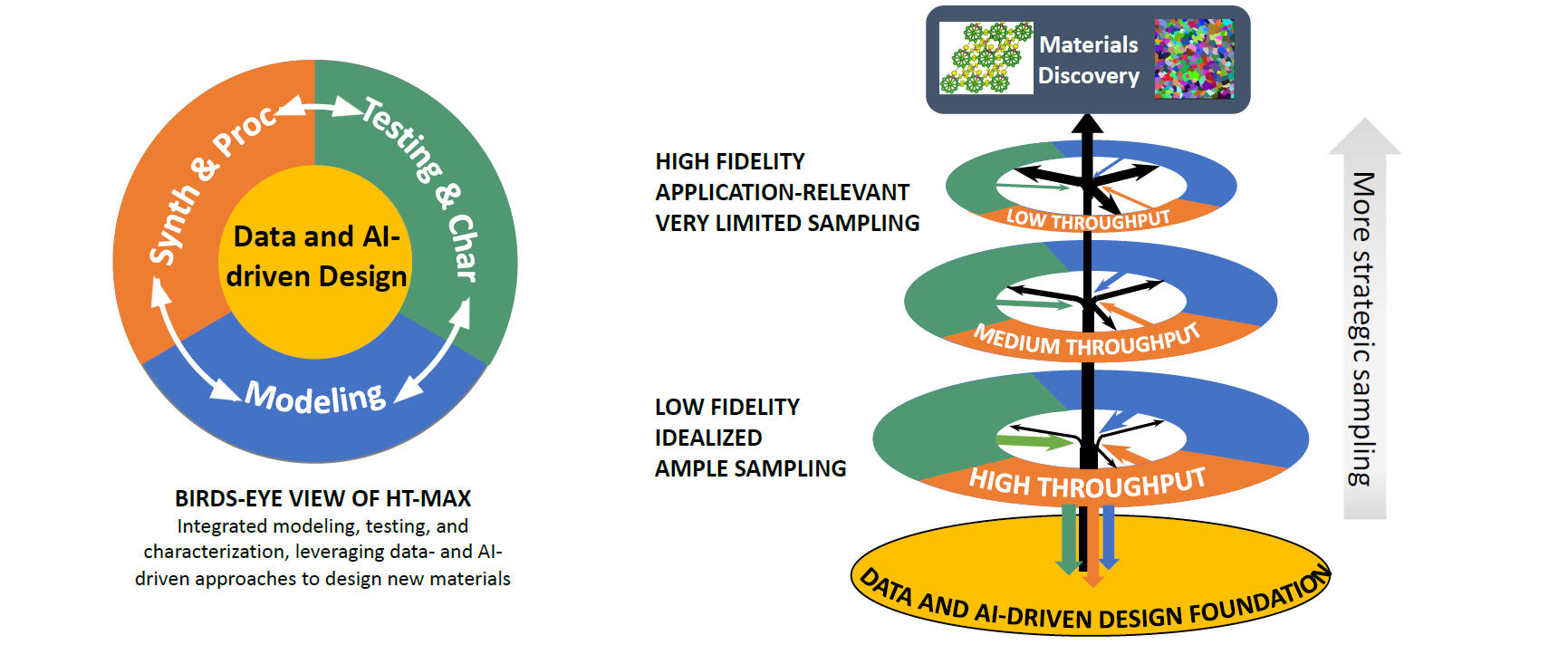HT-MAX brings AI and innovation to the discovery of ceramics and other brittle materials
Developing and discovering new materials can have revolutionary impacts on defense, energy, and other sectors that utilize materials in extreme environments. Traditional approaches to materials discovery take time and resources, with significant delays due to trial-and-error experimentation and human error. The HT-MAX program is designed to accelerate traditional decades-long material discovery processes to a matter of years, months, or weeks.
By combining artificial intelligence, machine learning, and robotic automation technologies, HT-MAX researchers aim to discover novel hard/brittle materials with tailored properties for use in extreme environments. Desired properties include improved ductility, hardness, and strength when materials are exposed to elevated strain rates, pressures, temperatures, and heating rates.
HT-MAX builds upon earlier iterations of a “materials-by-design” approach, which integrates modeling, characterization, processing, and data management. However, this new HT-MAX framework also addresses varying levels of throughput and fidelity. Each mode of strategic sampling, from low throughput (ample sampling) to high throughput (limited, strategic sampling), relies on a firm foundation of data and AI-driven design.
